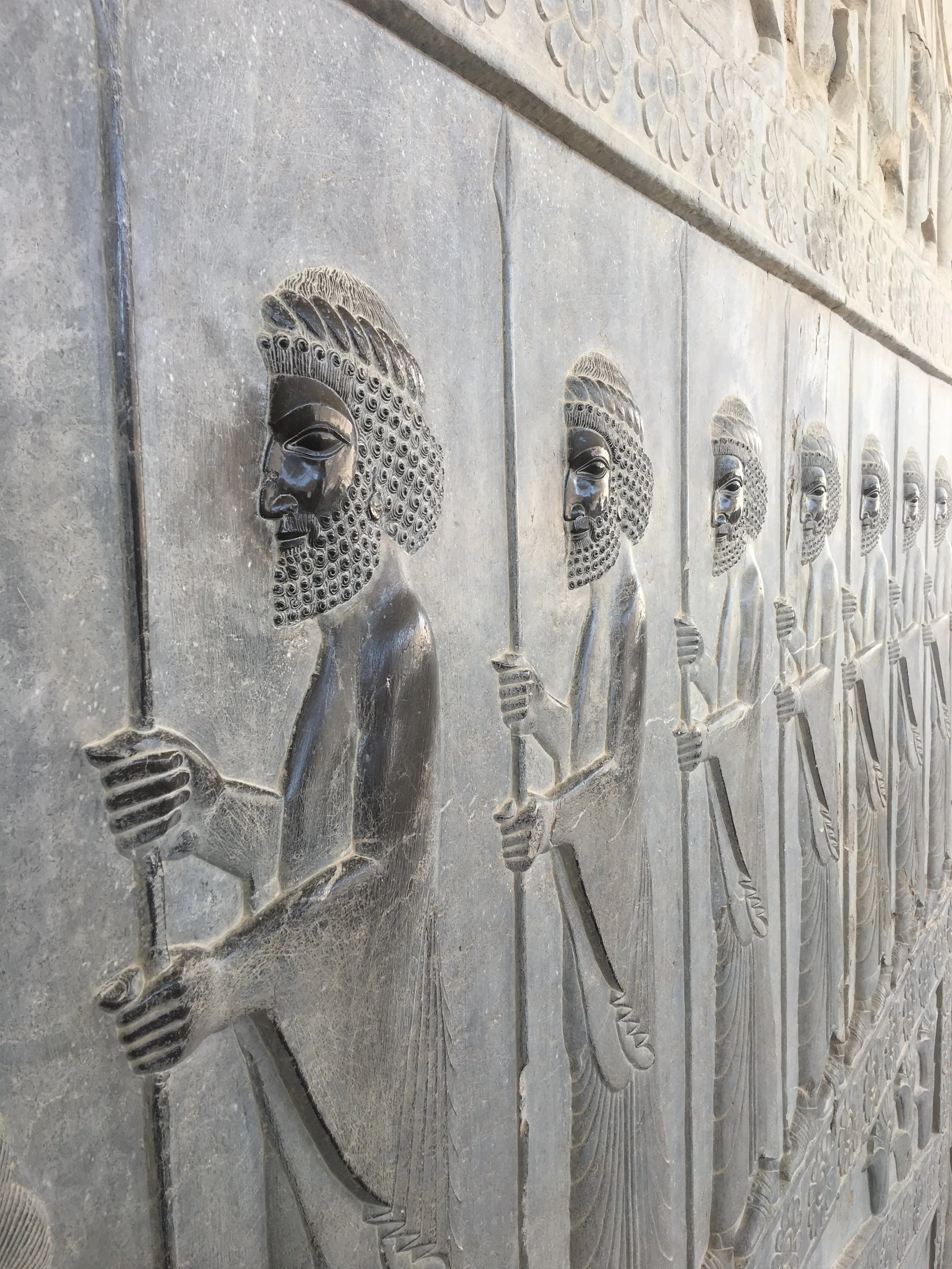We spent a day as tourists in Phnom Penh, the capital of Cambodia.
We started at the National Museum, which was open - a contrast with Laos and Kyrgistan, where the national museums were firmly closed for repair. The collection of Cambodian art (statuary and artefacts) dates back to the 4th century BC and the quality of the sculptures makes this one of the great museums of the world.
Cambodia was initially a Hindu nation and there are life-like statutes of Vishnu and other Hindu gods.
Statue of Vishnu
Then about 1200 the great King Jayavararman VII converted to Buddhism and from this date statutes of the Buddha predominate.
Buddha
Some of the bas-relief from Anghor Wat when in situ were stolen, then recovered in Thailand and are now displayed in the museum for safe keeping.
The neighbouring Royal Palace is much bigger than the former Royal Palace in Luang Prabang. Possibly this reflects the fact that Cambodia has a population of 16 million compared to 6 million in Laos. Cambodia is a monarchy while Laos is nominally communist, but they feel fairly similar.
Royal Palace
The S21 school where people were interrogated under Pol Pot is now a genocide museum. It has pictures of the people killed, who seemed to be mainly ethnically Vietnamese. In total nearly 2 million people were killed throughout Cambodia by the Pol Pot regime between 1975 and 1979.
I met one of the elderly survivors, Norng Phal, the taller of the two boys in the photo.
Young Survivors of the Pol Pot genocide
He recently testified in court against Duch, the camp commandant. We discussed the fact that Khieu Samphan, Brother Number 4, and subsequently president of Cambodia from 1976 to 1979, had been convicted in a genocide court that day.
Khmer Rouge verdict: 'I live next to my torturer'
Survivors of some of the 20th Century's worst atrocities are ambivalent about a UN-backed tribunal.
In the evening there was traditional Cambodian dance in an open air theatre. This included a rain dance which looked like it was going to be successful. The wind rustled menacingly and leaves fell thick on the seats.
Cambodian dance
Later we went to the legendary Foreign Correspondent Club. This was housed upstairs in a lovely old colonial heritage building, whose full height window openings offered sweeping views over the river Mekong. The resident cat wove precariously in and out of the bar through openings in the balcony wall.
Wooden ceiling fans rotated slowly overhead and the menus offered a range of tempting cocktails and a small dinner menu.
There were pictures on the wall of the Khmer Rouge charging into Phnom Penh in 1975 after defeating the US-backed Government. You could imagine Graham Greene drinking a dry martini at one table while James Cameron was at the neighbouring table sipping a whiskey.
Jim with a fruit smoothie, at Foreign Correspondent Club












